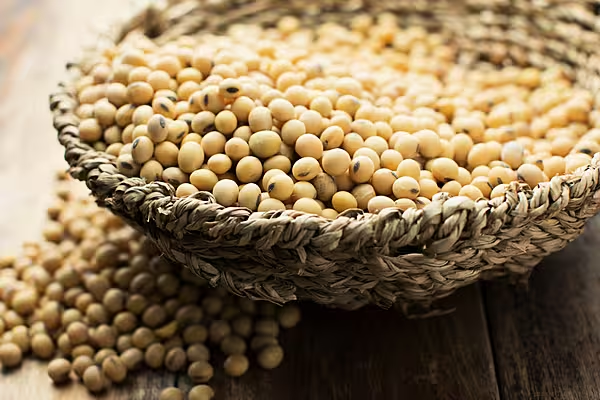European farmers are counting the cost of a summer heatwave that has shrunk cereal harvests and shrivelled pastures, leaving some farms struggling to survive and shutting the EU out of lucrative export markets.
The severe weather in Europe has coincided with adverse growing conditions in other major grain producing zones such as Russia and Australia, raising the risk that supplies in exporting countries will be eroded to their smallest in years.
Heatwave Impact
The latest harvest estimates have underlined the impact of drought and heatwaves in northern Europe. Earlier this week, Germany's farmers' association DBV forecast a 22% plunge in grain production this year in the European Union's second-largest cereal grower.
Germany endured its highest summer temperatures in over a century as extreme weather gripped northern Europe from Britain to the Baltic states.
The combination of poor harvest yields and shrivelled grassland has led to spiralling costs for animal feed, putting pressure on livestock farms.
German Agriculture Minister Julia Kloeckner said the government would launch a special aid programme for farmers worth up to €340 million following the drought damage. The DBV had called for around €1 billion in aid.
In Denmark, drought is expected to lead to losses of around 6 billion Danish crowns, research institute SEGES, part of the Danish Agriculture & Food Council lobby group said, adding that low pork prices could bring farm losses to almost 8 billion crowns this year.
Danish farm bankruptcies in 2018 have almost reached the level for all of last year.
At the EU level, the European Commission has offered earlier than usual payments of annual subsidies and will allow fallow land to be used to feed livestock.
Shrinking Export Supply
A sharp drop in the EU's wheat harvest will also limit exports from the bloc, adding to nervousness about global supply given weather issues elsewhere, including in top wheat exporter Russia.
Consultancy Agritel on Wednesday said it projected EU wheat exports, including durum, to fall to a seven-year low of around 21 million tonnes in 2018/19 as the bloc was set to see all-wheat production drop by some 15 million tonnes from last year.
France should fare better than other EU exporting countries, but yield losses related to heavy spring rain could cap its wheat exports outside the EU at around last season's disappointing level, Agritel said.
The lower EU supply comes as weather-hit output in Russia is expected to push its exports down to 31.5 million tonnes from a record 42 million last season, it forecast.
"If Russia exports 10 million tonnes less this season, who is going to supply the world market?," Alexandre Boy of Agritel, said in a presentation to journalists.
"It's not the EU that is going to make up for the drop in Russian supply."
Ukraine, another major grain supplier via the Black Sea, is meanwhile facing lower crop quality this year, traders said, which could limit its exports of milling wheat.
Addressing The Shortfall
Analysts see the onus on the United States to make up for reduced availabilities in other exporting countries, given relatively high U.S. stocks, and to a lesser extent Argentina after a successful sowing campaign there.
The weather woes in northern Europe and speculation about possible Russian government restrictions on grain exports have contributed to renewed price volatility on international markets.
Euronext wheat futures struck five-year highs earlier this month, although prices have fallen sharply this week after Russia cooled talk about curbs on its exports.
News by Reuters, edited by ESM. Click subscribe to sign up to ESM: The European Supermarket Magazine














